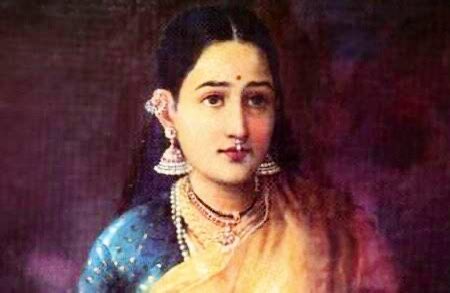The Curse of Alamelamma: A Legend of Mysore’s Royal Mystery
Yathish Acharya
History
7 months ago

The Curse of Alamelamma is one of South India’s most intriguing legends, rooted in history, shrouded in mystery, and kept alive through oral traditions and local folklore. Associated with the Wodeyar dynasty of Mysore, this tale has fascinated historians, locals, and tourists alike for centuries. It weaves together the fall of a dynasty, an unsolved mystery, and an enduring curse that allegedly shaped the course of Mysore’s royal future.
Who Was Alamelamma?
Alamelamma, also known as Rani Alamelamma, was the wife of King Tirumala Raja, a viceroy of the Vijayanagara Empire who briefly ruled Srirangapatna in the 16th century after the fall of the empire. She was known for her devotion to the goddess Ranganayaki, consort of Lord Ranganatha, and for donating her precious jewelry to the temple at Srirangapatna for the idol’s adornment.
The Legend of the Curse
After the decline of Vijayanagara’s power, Raja Wodeyar, the chief of Mysore, took over Srirangapatna in 1610. During this conquest, he reportedly ordered his men to seize Alamelamma’s jewels, which were treasured not just for their material value but also for their religious significance.
Fearing desecration and humiliation, Alamelamma is said to have fled to a cliff near the Kaveri River. Before jumping to her death, she is believed to have uttered a chilling curse:
"Talakadu maralagali, Malangi maduvagali, Mysuru arasarige makkalilladalli."
In Kannada, this means:
“Let Talakadu become a barren land,
Let Malangi become a whirlpool,
Let the kings of Mysore never have heirs.”
The Curse Unfolds
Over the centuries, many believe that Alamelamma’s curse came true:
- Talakadu, once a prosperous town with more than 30 temples, is now buried under shifting sands. Only a few temple spires emerge from the dunes.
- Malangi, a village on the banks of the Kaveri, is known for its dangerous whirlpools, making it treacherous for swimming or navigation.
- The Wodeyars of Mysore, despite being a long-reigning royal family, were plagued with repeated childlessness. Several kings adopted sons to continue the royal lineage, reinforcing the belief in the curse.
Historical Facts vs. Folklore
While the curse forms a core part of Mysore’s cultural storytelling, historians have debated its authenticity. The absence of direct written records from Alamelamma’s time makes it difficult to separate fact from legend. Still, the tale persists in the collective memory of Karnataka’s people.
Alamelamma in Modern Culture
Today, the story of Alamelamma is a popular subject in books, dramas, and documentaries. The Alamelamma Temple in Mysore is visited by devotees, and her jewelry, including the famed nose ring, is displayed once a year during the Mysore Dasara celebrations. The curse continues to be a topic of discussion, especially among royal watchers and cultural historians.